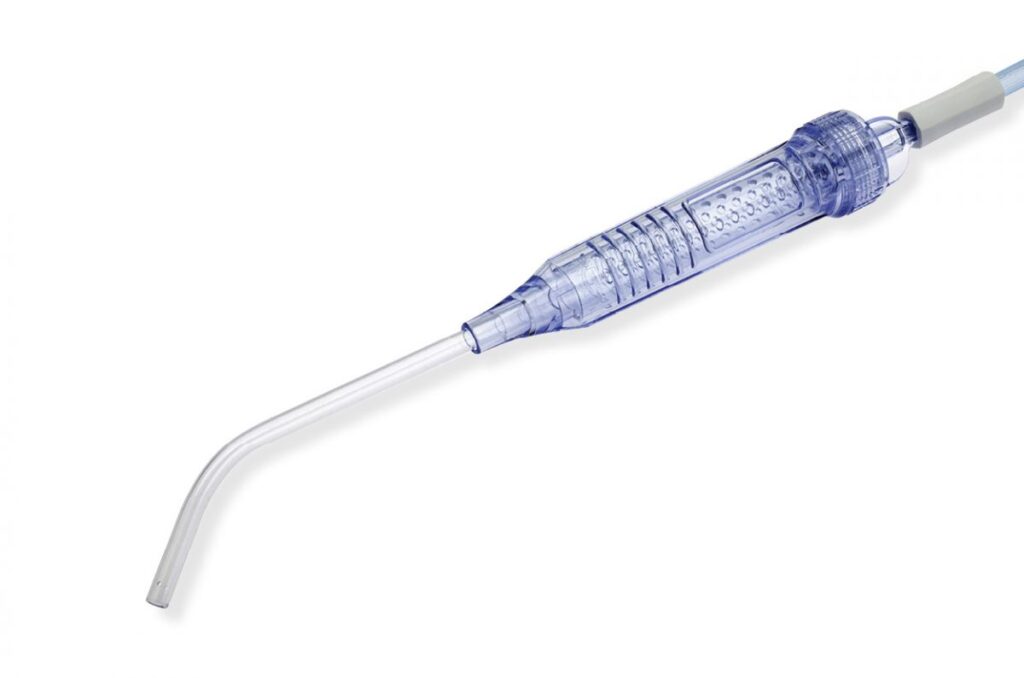
Introduction To Orthopedic Suction Devices:
Orthopedic surgeries are performed worldwide, and ensuring standardized practices is paramount for consistent and high-quality patient care. Orthopedic Suction Devices play a crucial role in this global context, providing a universal tool for orthopedic surgeons. This article will explore the importance of standardization and best practices in the utilization of Orthopedic Suction Devices across different healthcare settings.
Global Variation in Orthopedic Surgical Practices:
Orthopedic surgical practices can vary significantly across different regions and healthcare systems. This section will delve into the existing diversity in orthopedic surgical techniques, tools, and approaches adopted by surgeons globally. Understanding these variations sets the stage for the discussion on the role of Orthopedic Suction Devices in achieving standardization and best practices.
Standardization in Orthopedic Surgery:
Standardization is crucial for ensuring consistent, safe, and effective orthopedic surgeries. The article will explore initiatives and organizations working towards standardizing orthopedic surgical practices globally. Highlighting the benefits of standardization, including improved patient outcomes and streamlined training processes, this section will emphasize the need for universal tools such as Orthopedic Suction Devices.
Orthopedic Suction Devices as Standard Tools:
Orthopedic Suction Devices have the potential to become standard tools in orthopedic surgeries worldwide. This section will discuss the features that make these devices suitable for standardization, such as adaptability to different surgical procedures, ease of use, and compatibility with various healthcare infrastructures. By exploring successful case studies where Orthopedic Suction Devices have contributed to standardized practices, the article will emphasize their role in achieving global consistency.
Best Practices in Suction Device Utilization:
While standardization is essential, adhering to best practices in the utilization of Orthopedic Suction Devices is equally important. This section will provide insights into recommended techniques, maintenance protocols, and training requirements for healthcare professionals. By establishing a set of best practices, the article aims to guide surgeons and healthcare institutions towards optimizing the use of Orthopedic Suction Devices for better patient outcomes.
Challenges in Global Standardization:
Despite the potential benefits, achieving global standardization in orthopedic surgery, including the use of Orthopedic Suction Devices, comes with its challenges. This section will address common obstacles, such as variations in resource availability, differences in healthcare infrastructure, and disparities in training programs. Discussing these challenges is essential to developing strategies for overcoming barriers to standardization.
Collaborative Efforts for Standardization:
The article will explore ongoing collaborative efforts among healthcare professionals, medical device manufacturers, and regulatory bodies to promote global standardization in orthopedic surgery. Emphasizing the importance of a united approach, this section will showcase examples of successful collaborations that have contributed to the development and implementation of standardized practices using Orthopedic Suction Devices.
Conclusion:
Orthopedic Suction Devices have the potential to serve as catalysts for global standardization in orthopedic surgery. By understanding and addressing the challenges associated with standardization, healthcare professionals can work towards creating a universal framework that enhances patient care and promotes best practices across diverse healthcare settings worldwide. As Orthopedic Suction Devices continue to evolve, their role in global standardization will become increasingly vital for the advancement of orthopedic surgical practices on a global scale.
